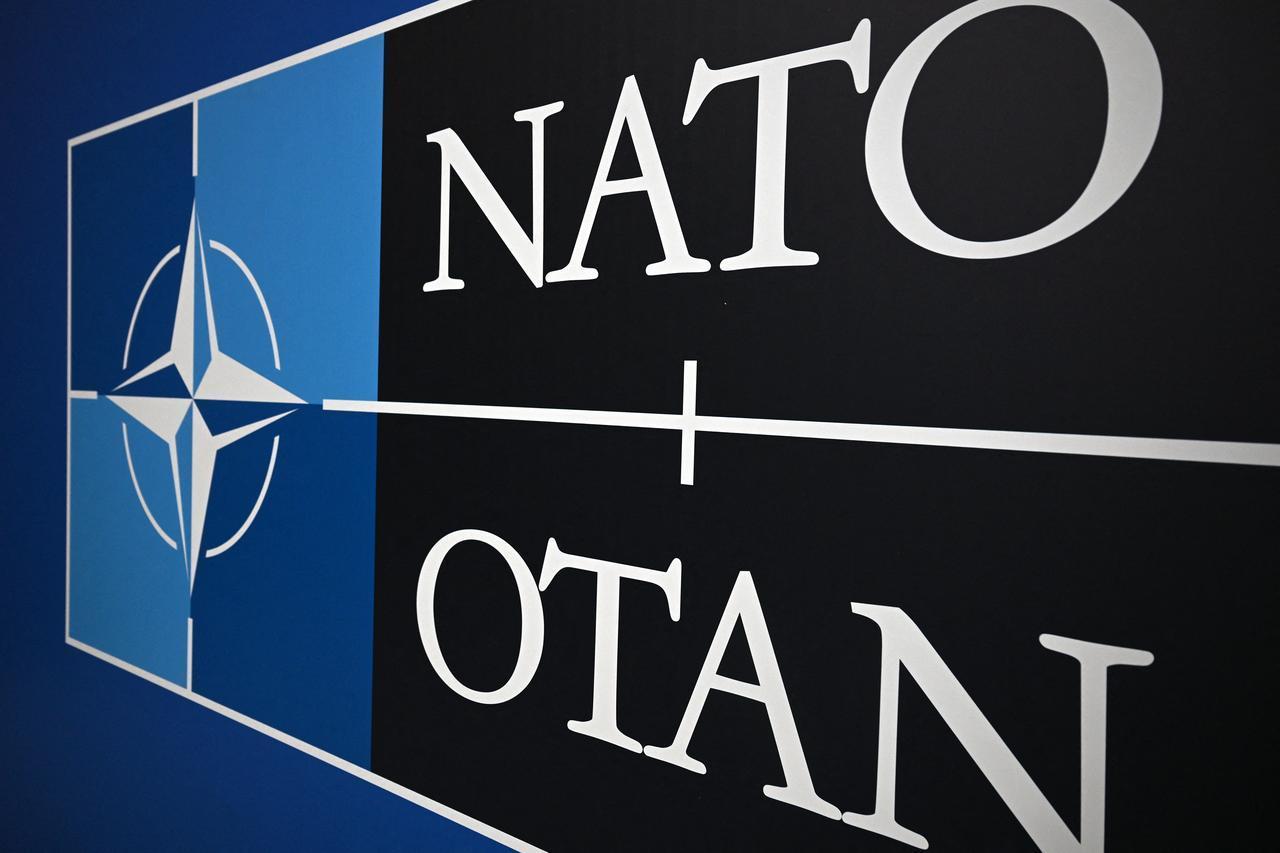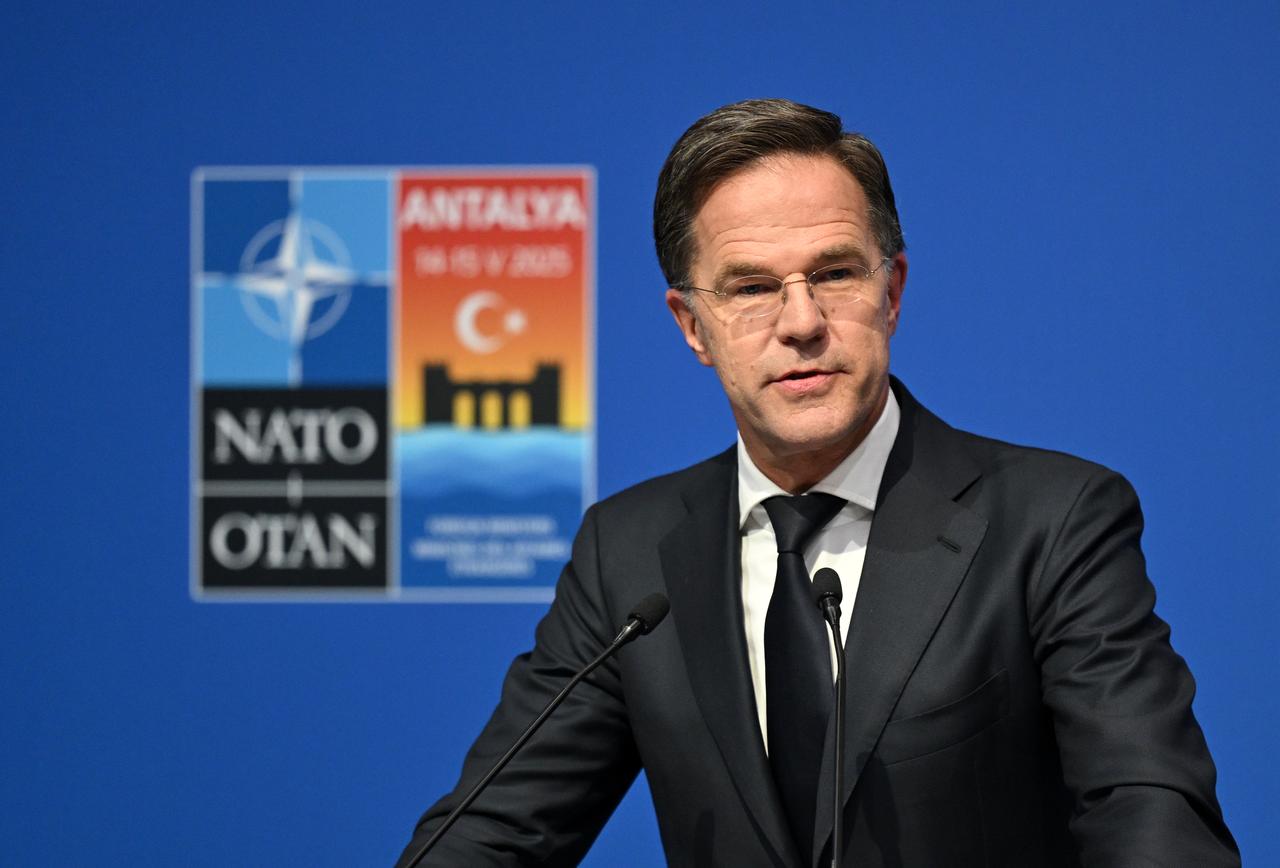
NATO defense ministers moved closer Thursday to securing an agreement on substantially increased military spending ahead of a crucial alliance summit, as U.S. Defense Secretary Pete Hegseth pressed for President Donald Trump's ambitious target of 5% of gross domestic product (GDP).
The negotiations come as Trump has demanded that NATO members commit to spending 5% of their GDP on defense at the June 24-25 summit in the Netherlands, significantly higher than the alliance's current 2% benchmark.
NATO Secretary-General Mark Rutte has proposed a compromise framework calling for 3.5% of GDP on core military expenditures by 2032, with an additional 1.5% allocated to broader security infrastructure and related areas.
"We're here to continue the work that President Trump started, which is a commitment to five percent defence spending across this alliance, which we think will happen, we think has to happen by the summit at The Hague," Hegseth told counterparts at the Brussels meeting. "That's our focus. Five percent, combat credible and capable forces, and then making sure NATO is focused on its core mission, continental defence, where its comparative advantage exists."

Multiple diplomatic sources indicate Rutte appears positioned to secure the agreement for the Hague summit, though some member nations remain hesitant about committing to such spending levels.
"I'm really, absolutely, positively convinced that at the summit with the 32, we will come to an agreement when it comes to this really big increase in defence spending," Rutte said Wednesday.
Spain has emerged as the most vocal opponent of the higher spending targets, with the country only expected to meet NATO's existing 2% GDP requirement by year's end. Diplomatic sources report that other nations are seeking to extend implementation timelines and eliminate requirements for annual 0.2 percentage point increases in core defense spending.
The compromise proposal would allow Trump to claim success on his headline demand while providing European allies with more manageable spending targets. The United States has endorsed Rutte's framework, though the U.S. Ambassador to NATO emphasized Wednesday that Washington expects to see "plans, budgets, timelines, deliverables" for meeting the targets.
NATO ministers are also expected to approve new capability targets for weaponry needed to counter Russian threats. Alliance officials estimate that achieving these targets would cost member countries between 3.5% and 3.7% of GDP on average.
Hegseth, a former television presenter, previously raised concerns among NATO allies during a February visit when he warned that Washington might reduce its European military presence to focus on China. While no concrete troop withdrawal announcements have followed, alliance members remain anxious about potential U.S. disengagement.
As defense spending negotiations progress, uncertainty over Ukraine's role at the summit presents another potential complication. Trump's return to office has altered U.S. support for Ukraine and shifted Western strategy regarding Russia's three-year war.
Hegseth underscored the changed U.S. approach by not attending a Wednesday meeting of Ukraine's international supporters in Brussels.
European allies are pushing to invite Ukrainian President Volodymyr Zelenskyy to The Hague as a demonstration of continued support, despite U.S. reluctance. NATO has confirmed Ukraine will be represented at the gathering but has not specified whether Zelenskyy will attend personally.
The summit discussions occur as NATO grapples with balancing Trump's demands for increased burden-sharing with maintaining alliance unity and support for Ukraine amid ongoing Russian aggression.